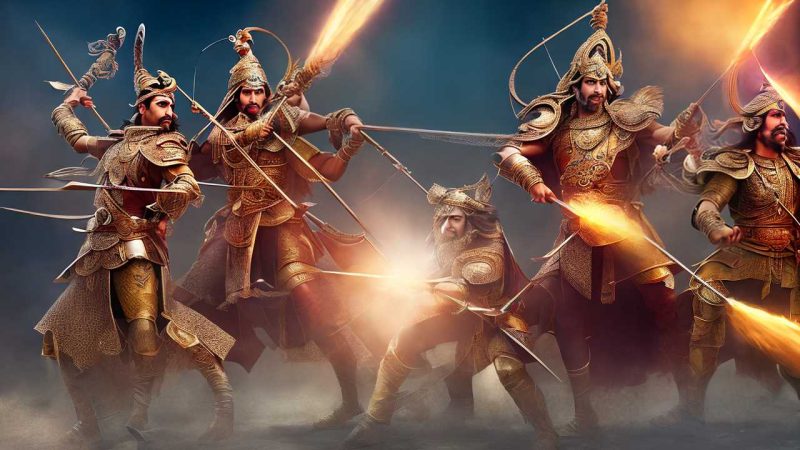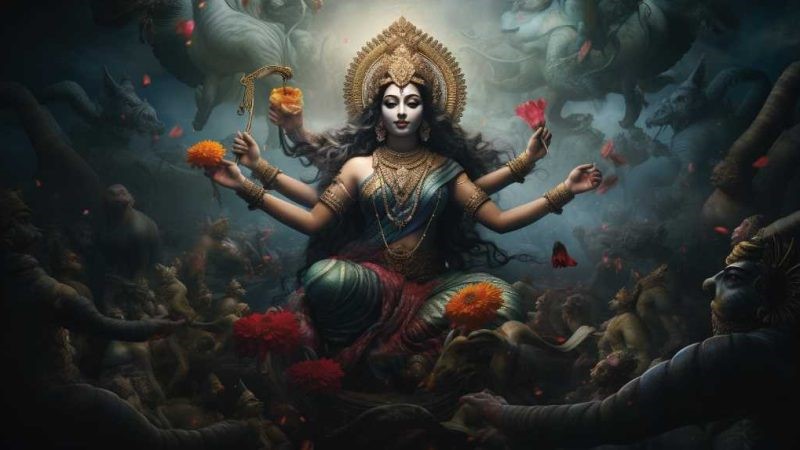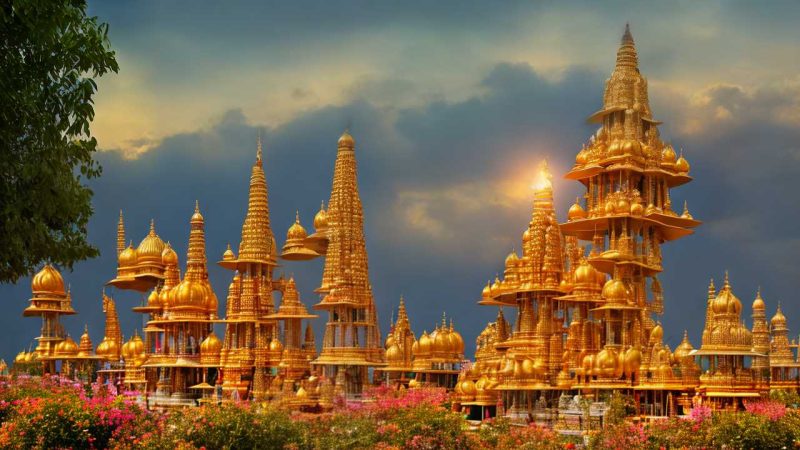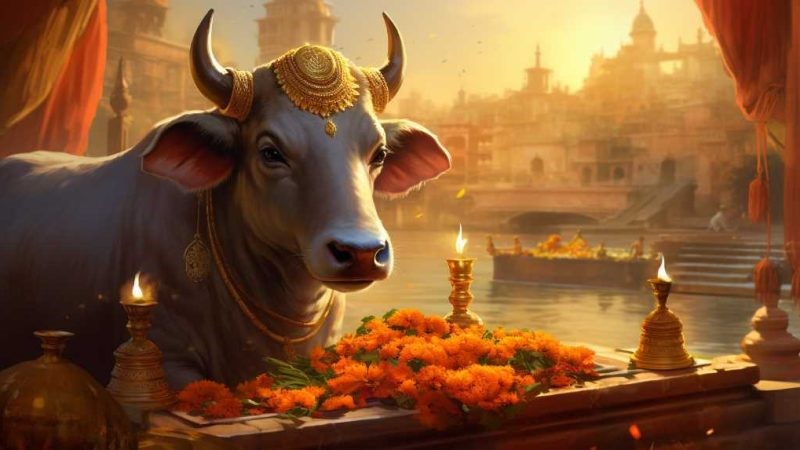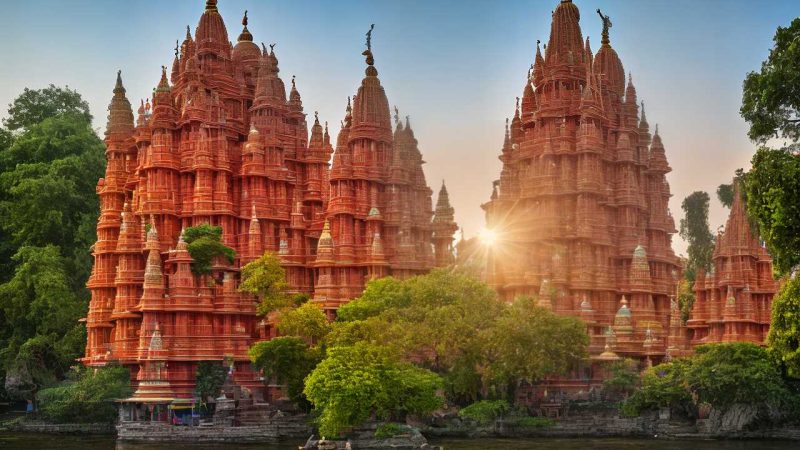The Sacred Union Hindu Wedding Rituals

In Hindu culture, marriage is more than just a legal agreement. It’s considered a sacred event that brings together not only the couple’s lives but also their hearts and souls. The Hindu wedding, known as the Sacred Union, is a series of ancient rituals that go beyond just tying two people together. Each part of the ceremony has a special meaning and is done to ask for blessings on the marriage.
These rituals include fun celebrations before the wedding, exchanging vows by a holy fire, and taking seven steps together, each with its own promise. These steps are an essential part of the ceremony, symbolizing different aspects of a married life, such as health, wealth, and love.
Understanding these traditions shows us how past customs influence modern relationships, helping new couples as they start their married life. Hindu weddings are a beautiful mix of age-old practices and the celebration of love, promising to support each other through life’s journey. They show us that even today, these rituals are a big part of how couples commit to each other in marriage.
Pre-Wedding Ceremonial Prelude
Before a Hindu wedding, there are many meaningful ceremonies. These rituals, based on ancient traditions, ask for blessings and celebrate the couple about to get married. Instead of just following old customs, these ceremonies have a special purpose. They show respect for God and family history.
For example, in the Misri ceremony, the bride and groom exchange flower and sweet garlands. This is not just an exchange but a promise of acceptance and a hopeful look toward a happy life together.
Another ceremony is the Mehendi ritual. Here, henna is applied to the bride’s hands and feet. It’s not just for decoration; it’s a sign of joy and a new beginning in life.
Each ceremony is done with care because they lay the emotional and spiritual groundwork for married life. By actively participating in these rites, the couple starts their journey together on a solid footing.
Invoking Divine Blessings
Building on the emotional and spiritual groundwork laid by earlier ceremonies, Hindu weddings include special rituals to ask for the gods’ blessings. It’s important because these blessings are thought to make the marriage holy.
During the wedding, the couple, led by a priest, does specific actions like lighting a holy fire called Agni. This fire is important because it’s a symbol of the gods watching over their marriage. They also chant special prayers with powerful meaning, meant to bring good luck and keep away bad things.
This part of the ceremony is crucial because it’s like asking the gods to look after their marriage. It’s not just for show – it’s a sincere request for divine help to make their marriage strong.
The Bridal Procession
In the many traditional practices of a wedding, the moment when the bride walks towards her new life is a highlight. The bride enters, usually with her family and friends around her, and everyone looks on with respect and excitement. This part of the ceremony is called ‘Kanya Aagaman’ in Hindu weddings. It’s when the bride comes to the place where she’ll get married, and where her partner is waiting for her.
As the bride walks, the music plays and her jewelry makes a soft sound. She wears a colorful and intricately designed saree or lehenga, making the occasion feel even more special. This is a key moment because it represents the bride leaving her childhood home and starting a married life.
To make this moment memorable, it’s common to have live musicians playing traditional songs. A good idea for brides looking to enhance the experience is to choose jewelry that not only complements their outfit but also has a personal significance. As for the attire, a bride might pick a saree or lehenga from a designer known for celebrating traditional crafts to add that extra touch of cultural richness to the wedding.
In a friendly and direct way, we’re talking about the heartfelt part of a wedding when the bride steps into a new chapter of her life. This is a deeply significant tradition in many cultures, and it’s designed to be both beautiful and meaningful.
Vows Around the Fire
In a Hindu wedding, the couple makes lifelong promises to each other by walking around a fire. This part of the ceremony is called Agni Parinaya. As they walk around the fire, they are making a deep commitment to live according to the values of marriage. The fire is important because it represents the presence of God, guiding them in their new life together. With each step around the fire, they take a vow. At the same time, a priest says special prayers called mantras. These prayers and the fire help to make their commitment strong and sacred.
This walking around the fire is not just a simple part of the ceremony; it’s a way for the couple to show their respect for tradition and their desire to start their marriage with a firm foundation. The fire acts as a witness to their promises, ensuring that their vows have a divine blessing. It’s like having a silent, powerful guest at the wedding, watching over the couple as they start their journey as husband and wife.
The Seven Sacred Steps
Continuing the solemnity of the Agni Parinaya, the couple embarks on the ritual of the Seven Sacred Steps, each representing a specific vow and aspect of their shared life to come.
With the holy fire as their witness, they take a step for each vow, etching into the universe their commitment to:
- Nourish each other
- Grow together in strength
- Preserve wealth prudently
- Cherish mutual happiness and respect
- Foster a family with care
- Maintain unwavering honesty
- Nurture a bond of love and friendship.
This sacrosanct promenade is not merely a physical progression but a spiritual journey, binding two souls in an unbreakable bond of mutual aspirations and eternal companionship.
Conclusion
Hindu wedding rituals are not just beautiful ceremonies; they’re full of deep meaning that has been passed down through history. These traditions start before the wedding day with special ceremonies. They include praying to the gods, a parade for the bride, taking vows by a fire, and walking together in seven important steps. Each step represents a promise and a part of life they’ll share. This all creates a strong connection between the couple that can’t easily be broken.
These rituals are more than just about the couple. They bring together families and friends, and everyone sees the importance of marriage in the Hindu way of life.
To give you a better picture, imagine a bride and groom walking around a fire, hand in hand, while they promise to support and love each other in every part of their lives. This is a central moment in the wedding and it’s very powerful.

